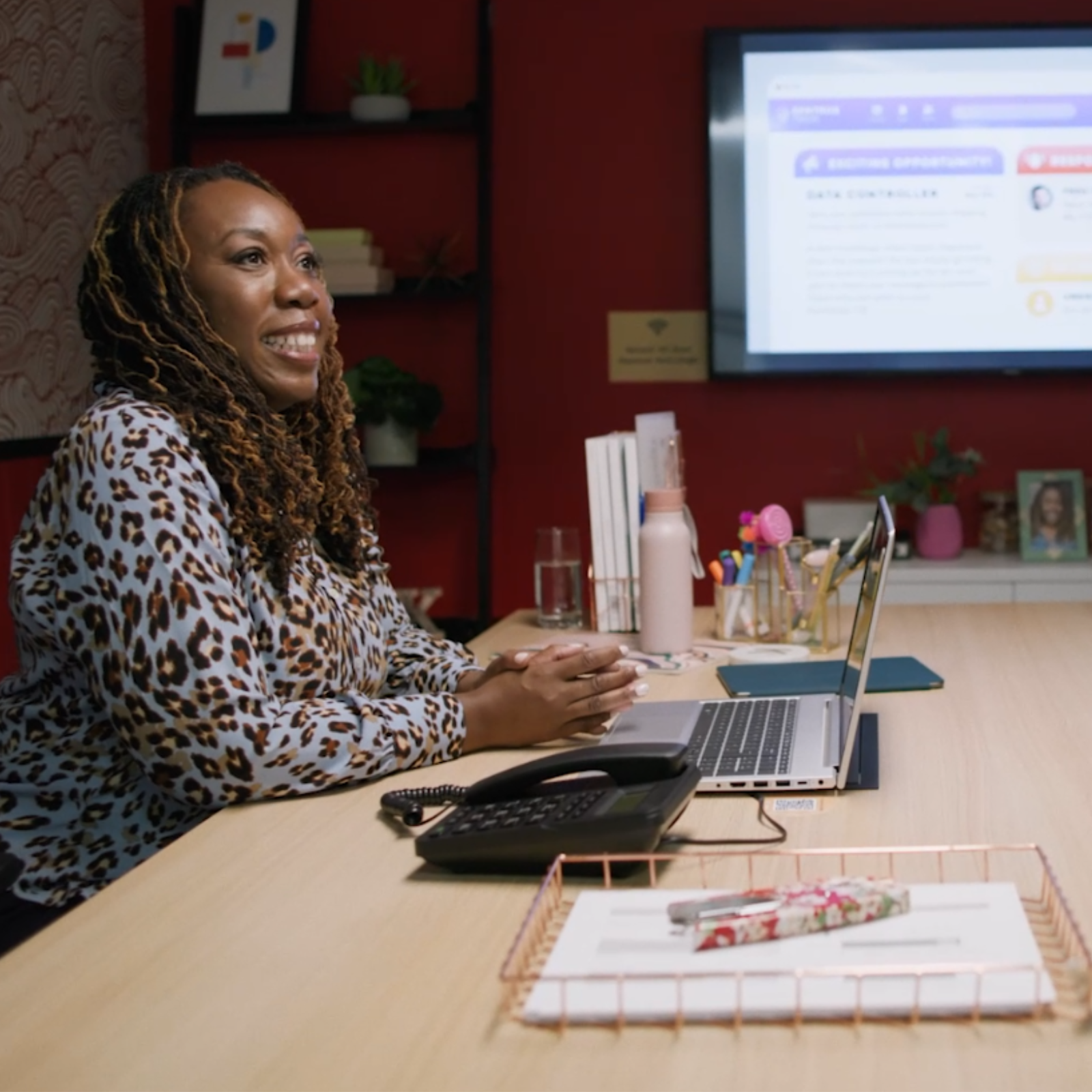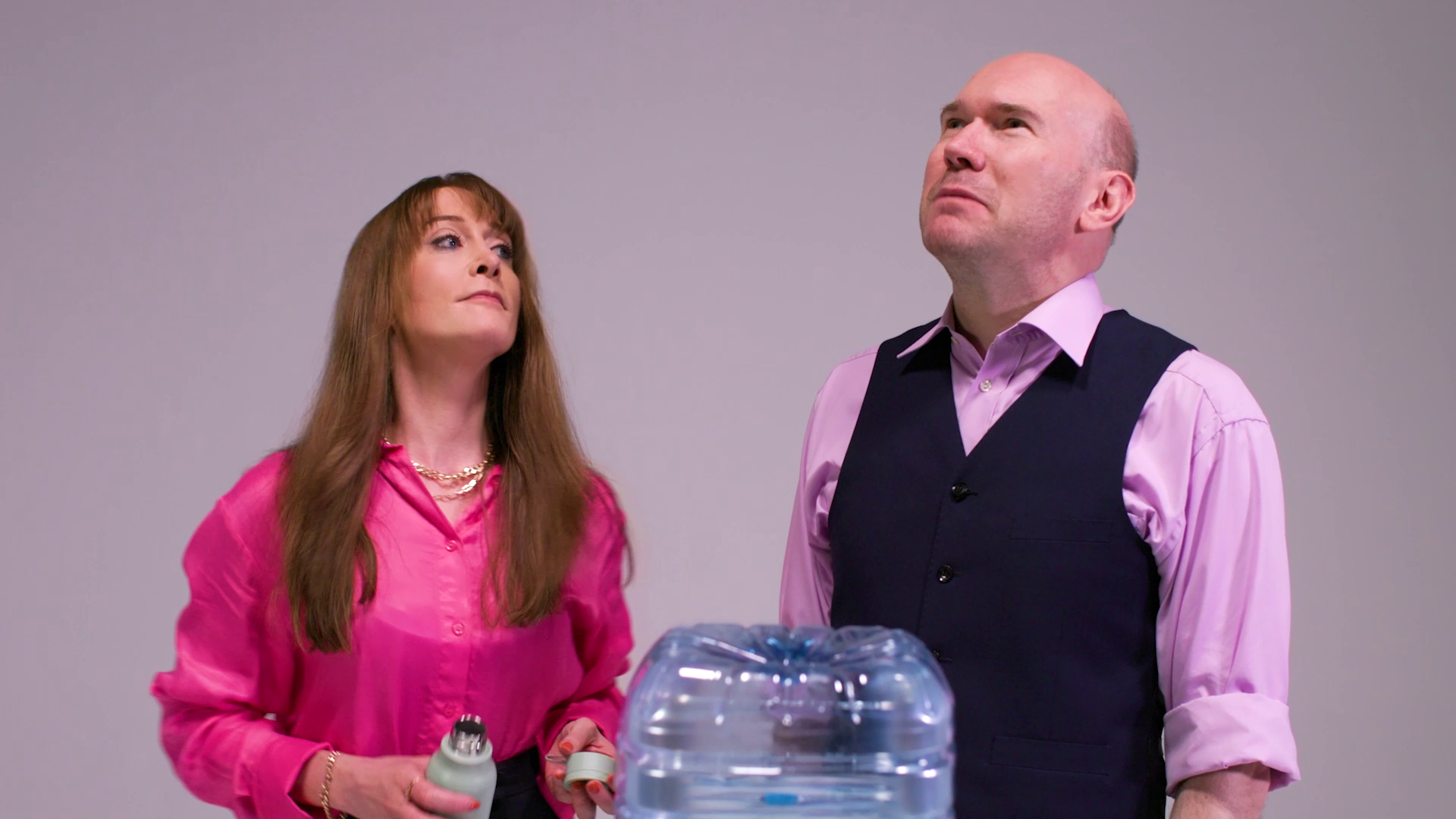Talent management has become a bit of a buzzword in the HR world, but at its core, talent management holds immense value for organisations, from skilling and retaining employees to saving money and improving workplace satisfaction.
We believe that a good talent management strategy should be a top priority for all businesses — and we’re not the only ones who do. Dani Saadu, Director of People and Culture for Hunter Healthcare, has dedicated 20 years to the cause, culminating in his role as a subject matter expert (SME) for our Talent Essentials collection.
Talent Essentials explores how managers can effectively identify, manage, and retain talent in their teams.
We interviewed Dani at the time of filming the collection, so we’ve distilled that into a handy primer for you to read. Think of it as a preview to the preview. And here’s a preview of that:
- Why it’s a manager’s world out there (or in here, if you’re reading this indoors)
- Why ignoring talent is a risky business
- What a good manager is doing (well done, by the way!)
- How to measure talent management
- Why Video Arts content is great to help manage talent
Watch Dani Saadu’s talk and get free access to the whole Talent Essentials series:
Talent Essentials – Free Access
It’s a manager’s world
Though talent management has long been a part of the HR world, this shouldn’t be its only home.
There’s still a lot of responsibility for HR teams to help realise the potential of talent, and ensure hires are demonstrating value, but that job should be shared. Not just to increase the HR manager’s yoga time budget…
Sure, your people professionals have an essential role to play, from running skilling programmes directed at filling gaps in the team to designing growth pathways. But an effective talent management strategy is made up of ten categories, according to the CIPD – many of which require the insights managers are best placed to provide, from building talent pools, to identifying leadership potential within teams.¹
After all, your managers are the ones dealing directly with employees on a regular basis, observing how they get on in their roles, and learning what motivates them to turn up every morning. Or login every afternoon. Or sometimes…
Dani Saadu believes that managers need to be discussing career progression with their employees on a regular basis. Managers need to not just be able to glance across at a colleague’s personal development programme (PDP) – they need to ensure that the goals logged in it are:
- Achievable
- Actually being achieved
- Feeding into the company’s strategic goals
“The competition for talent is getting ever fiercer. It’s now become the key responsibility of line managers to drive talent management within their teams.”
Ignoring talent is a risky business
A lot of businesses view growth as adding more people into your company.
While this is one metric of growth, it actually ignores just how much talent you have brewing in your team already.
Recruitment is expensive, tedious, time-consuming, and not always successful. Regardless of how rigorous each and every one of the eighteen screening calls in your hiring process may be, there’s an inevitable shift in company culture with each and every new hire, and every shift is a strain. Even if it’s a good strain, like the first five minutes of hot yoga.
Research published by Wiley Edge indicates company culture has suffered in 63% of UK businesses as a result of high staff turnover,² with 23% of the 500 leaders surveyed reporting complaints from their employees specifically on the topic of changes in company culture.
Dani’s advice throughout Talent Essentials focuses on how to nurture the talent in your team. He talks through his experiences of fostering internal talent, and how he sees it translating into increased engagement, productivity boosts, and a happier organisation. One where HR’s workload is slimmed down, people actually believe they will fulfil their own potential, and you, ultimately, make money as a result.
We think that sounds much better than fighting to keep a body of lethargic staff who stopped loving you back a long time ago.
What’s a good manager doing?
It’s easy to say managers need to get more involved with supporting their employees,but what does that translate to practically? And how is it different from what a competent HR manager does already?
An excellent manager — one who makes it easy for employees to see themselves growing with your company – is someone who has regular career conversations with their teams.
Now, that sounds like something that ‘probably happens’, right? However, Dani knows that those conversations often don’t actually happen – at least, not nearly as much as they should do, and when they do, not with the correct clarity.
The Talent Essentials collection goes into depth on the performance management framework in which personal development plans (PDPs) ought to be used. For a start, they should be connecting an individual employee’s goals with your organisation’s strategic goals, so that when they achieve, you achieve.
Dani also outlines how HR and L&D teams ought to work with managers to realise each individual’s potential. Because a good manager is the best person to see the gaps, the worries, and the excitement that their team members have, they’re therefore best placed to offer skills programmes, and they’re also the best person to understand how professional development opportunities connect to specific PDP goals. When those are connected to your company’s overall strategic objectives, you can see one success reinforcing another.
“Implementing a good talent management strategy requires two components: you need to be really clear on your strategic goals and objectives, and then you need to look at your internal talent pool, and make sure you’re linking it to your goals and objectives.”
Measuring talent management
It can be tricky to think about how you measure the way you support your talent. Nevermind reskilling and cross skilling – what are the best metrics for monitoring the impact of your encouragement?
Dani introduces the Talent Essentials collection by mentioning some of the ways in which you can see how your efforts to reward your talent are being rewarded. Check out his video to see his ideas on the what and the who of meaningful measurements:
- Monitoring employee experience — how do your team members feel in your one-to-ones, and what do you do with that? What are the signs of proactivity? Are they engaging with learning material?
- The retention rate — because if your team is seeing the value in what they do, they’re more likely to stick around
- Performance rating — are your managers running performance reviews regularly? What do they show you about their training?
- Promotions and internal progression — when team members reach the threshold of promotion, it’s a fantastic sign that they’re benefiting from your learning and management. Do your managers know when those points are reached?
Managing talent with Video Arts
Dani has been using Video Arts learning materials for the better part of a decade, largely because of how accessible it is.
“Video Arts has a unique way of delivering learning, because it’s bitesize, lighthearted, and humorous. It’s very memorable, and it has a very human approach to its content.”
Training that helps your team achieve its goals, and that links each employee’s personal ambitions to the company’s as a whole, is guaranteed to be a success. Especially when people like it enough to actively seek it out. Dani talks through his own personal experiences of using Video Arts to engage employees in different workplaces in his introductory video.
You can watch Dani Saadu on Talent Management for free now.
If you’re interested in using our content to support your managers, get in touch to book a trial.





